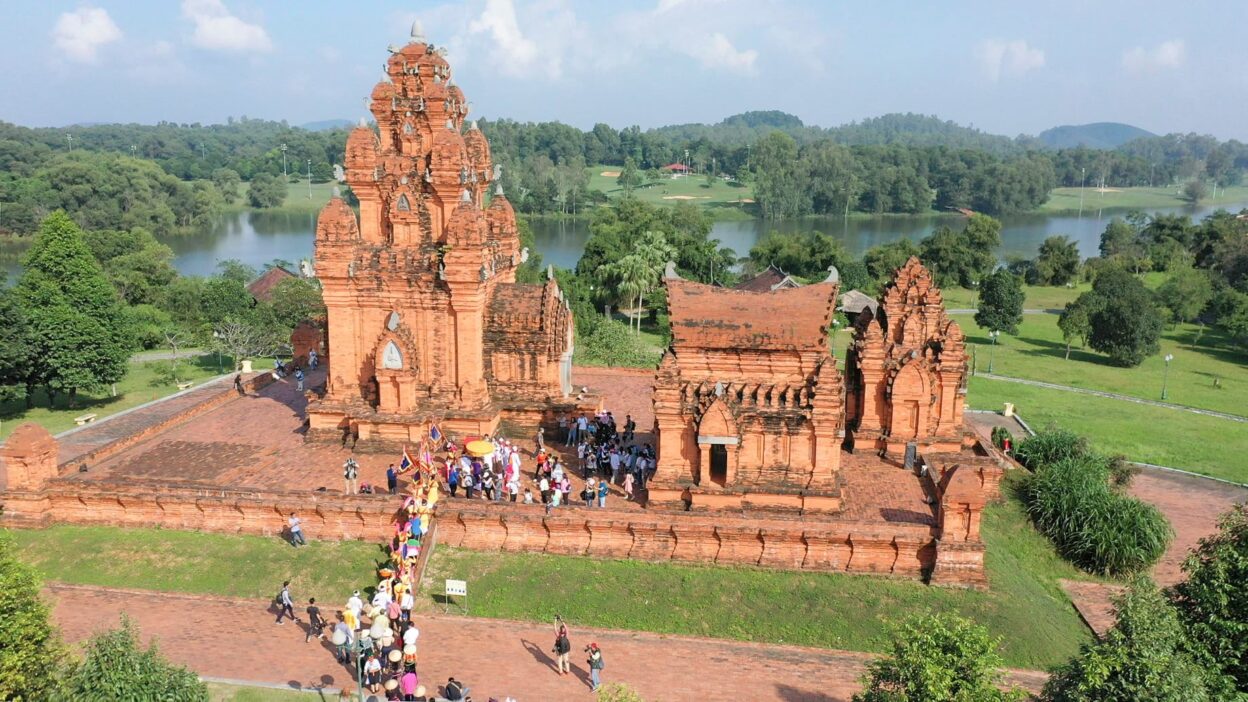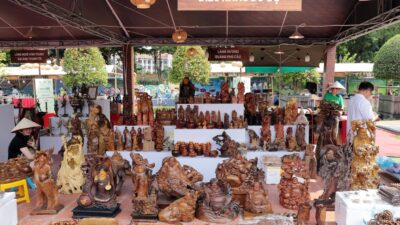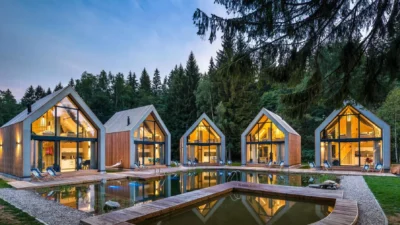From ancient pagodas and vibrant festivals to traditional craft villages and regional cuisines, Vietnam cultural experiences offer travelers a deep, authentic connection to the country’s rich heritage. Whether you’re wandering through Hanoi’s Old Quarter, joining a lantern-making class in Hoi An, or attending a water puppet show, every moment is a doorway into Vietnam’s soul — where history, artistry, and community come alive in unforgettable ways.
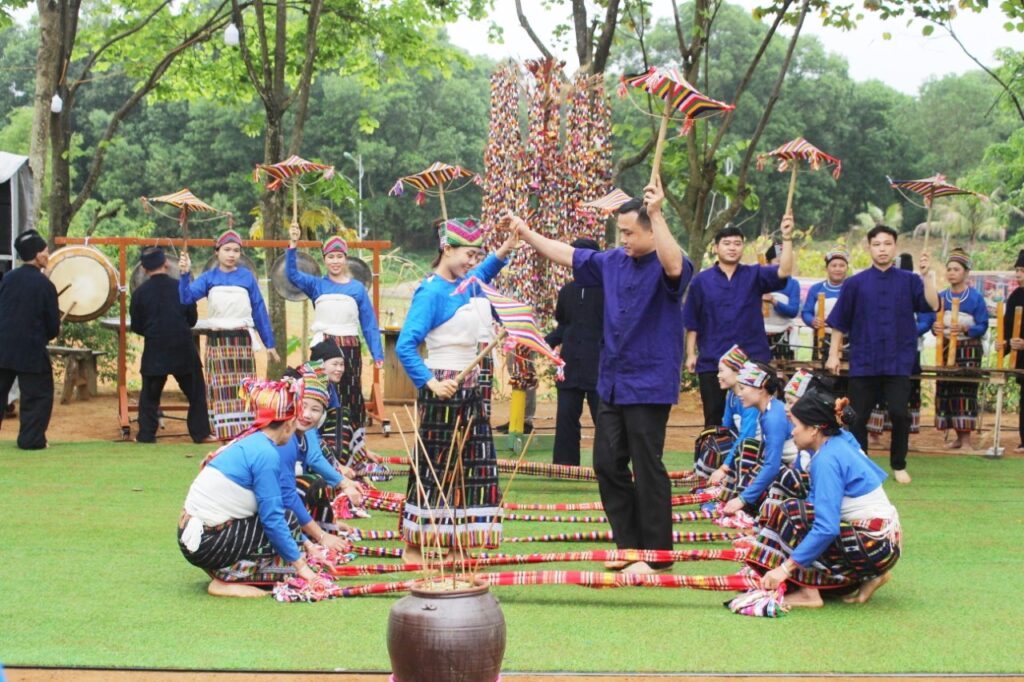
Introduction Vietnam cultural experiences
Vietnam is more than just a country of stunning beaches, lush mountains, and ancient temples. It is a living museum of cultural heritage, home to 54 officially recognized ethnic groups, each with its own language, customs, spiritual beliefs, arts, and traditional attire. From the highlands of Sapa to the deltas of the Mekong, Vietnam’s cultural diversity is a vibrant mosaic woven through thousands of years of history.
In recent decades, the push for modernization and globalization has created both opportunities and threats for ethnic traditions. While economic growth brings development, it can also erode local customs and ways of life. Fortunately, the digital era has opened a new chapter in cultural preservation. Through technologies like virtual reality (VR), online exhibitions, and interactive educational tools, Vietnam’s ethnic heritage is now more accessible to global audiences and future generations than ever before.
This article explores how digital platforms are transforming the way people experience, understand, and engage with the cultural heritage of Vietnam’s ethnic communities. It also addresses the opportunities, challenges, and future potential of merging ancient traditions with modern technology.
Understanding Vietnam’s Ethnic Mosaic
Vietnam’s majority ethnic group, the Kinh, makes up about 86% of the population. However, the remaining 14% is composed of 53 diverse ethnic minorities, including the Tay, Thai, Hmong, Dao, Muong, Khmer, Cham, and smaller groups such as the Brau and O Du. These communities are primarily concentrated in the mountainous northern and central highlands, the Mekong Delta, and some coastal regions.
Each group contributes unique cultural elements:
- The Hmong are known for their indigo-dyed textiles and silver jewelry.
- The Cham maintain ancient Hindu and Islamic practices.
- The Khmer celebrate a rich Buddhist heritage intertwined with animism.
- The Dao perform ceremonial dances in intricate red headdresses.
These traditions are not just folklore; they are living expressions of identity that shape how communities view the world and their place in it.
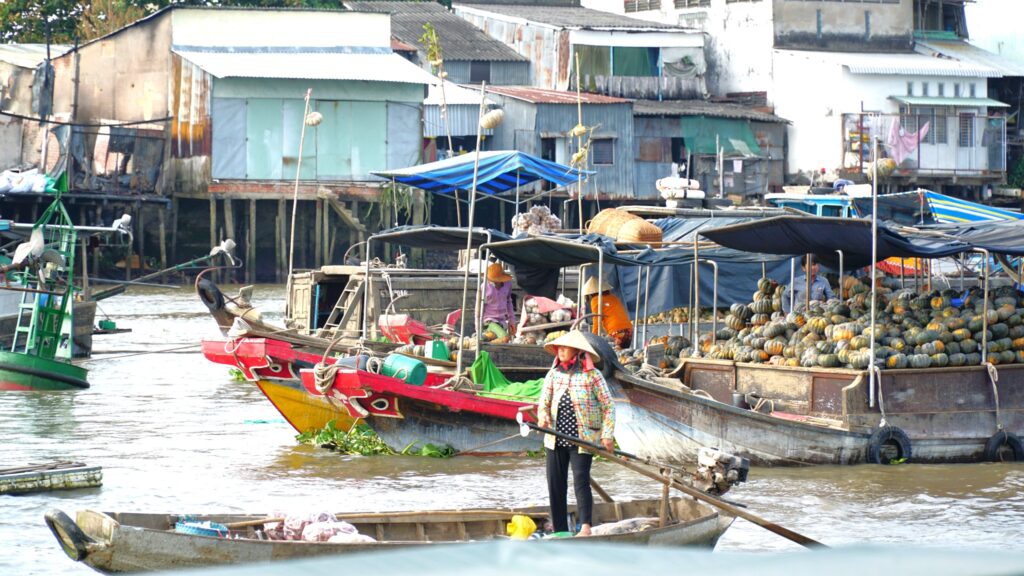
Why Cultural Preservation Matters More Than Ever
In today’s fast-changing world, cultural preservation is more than nostalgia — it’s a form of resistance and resilience. As urbanization, tourism, and market economies expand, many younger ethnic members migrate to cities, leaving behind ancestral practices. Without efforts to document and promote these traditions, they risk being lost within a generation.
Preserving ethnic cultures serves several critical purposes:
- Cultural identity: It affirms the uniqueness of communities and connects them to their roots.
- Intergenerational education: It helps younger generations understand their heritage.
- Tourism and economic opportunity: Cultural experiences attract travelers seeking authentic, immersive adventures.
- Global awareness: It fosters cross-cultural understanding and respect.
Governments, non-profits, educators, and technology companies are now turning to digital platforms to document, share, and promote ethnic culture in new and compelling ways.
The Digital Revolution in Cultural Preservation
Technology as a Cultural Bridge
The internet has transformed how we discover and engage with the world. From YouTube documentaries to Instagram reels, people now expect culture to be accessible, visual, and interactive. Vietnam is embracing this transformation to make its ethnic diversity visible globally.
Key technologies used include:
- 360° virtual tours of villages, festivals, and museums
- High-resolution photo galleries and digital storytelling
- Augmented reality (AR) apps that simulate traditional costumes
- Educational apps tailored for students and tourists
- AI-powered cultural chatbots and voice translation tools
These technologies help not only in preserving culture but in making it relatable and exciting for younger audiences.
Google Arts & Culture and the “Wonders of Vietnam” Project
One landmark collaboration is between Vietnam National Authority of Tourism (VNAT) and Google Arts & Culture. Launched in 2021, the “Wonders of Vietnam” project is an immersive digital exhibition that features:
- Over 400 high-resolution images
- 35 curated exhibitions
- 360-degree videos of heritage sites
- Personal stories from ethnic individuals
This platform lets users from any part of the world explore everything from the traditional architecture of stilt houses in Northern Vietnam to the craft of brocade weaving among the Hmong.
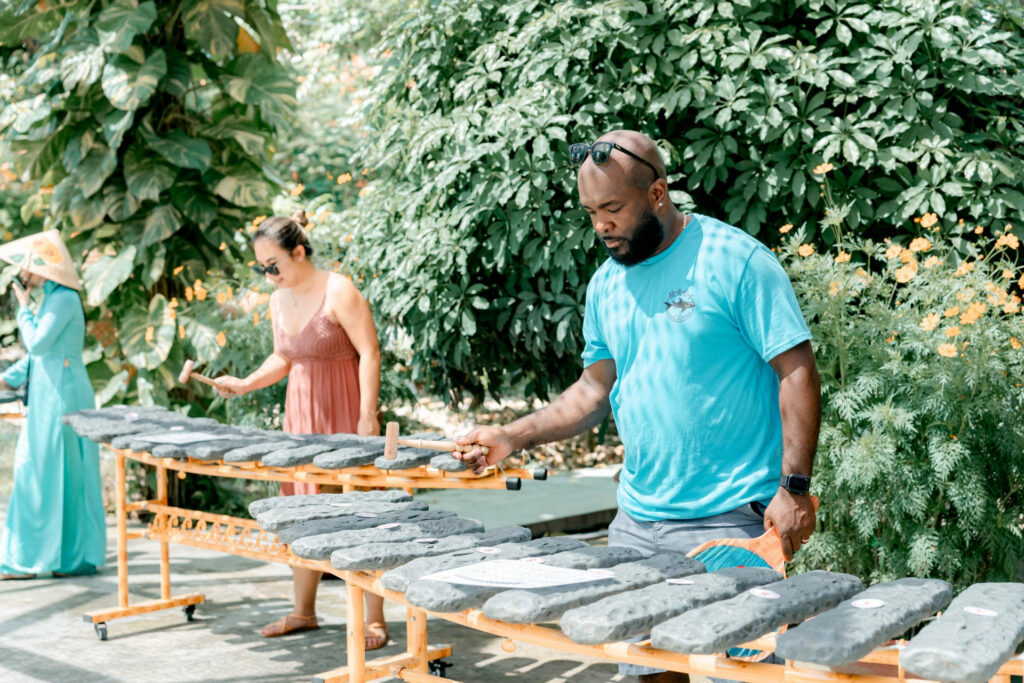
Case Studies of Digital Projects Highlighting Ethnic Culture
1. “Precious Heritage” by Réhahn
French photographer Réhahn, who has spent years traveling through Vietnam, created the Precious Heritage Art Gallery Museum in Hoi An. His goal: to capture the stories and faces of all 54 ethnic groups. Thanks to digitization, this museum is now accessible online. Each digital exhibit includes:
- Detailed portraits
- Traditional outfits
- Personal stories of ethnic members
His work not only preserves visual heritage but humanizes each culture for a global audience.
2. “Vibrant Vietnam” Online Exhibition
This virtual exhibition is designed to be an interactive journey through ethnic life. It covers:
- Textile weaving demonstrations by Hmong artisans
- Ritual dances of the Dao people
- Tay traditional music with handmade instruments
- Unique architecture, such as longhouses and stilt homes
Through video, narration, and interactive modules, users can click through Vietnam’s ethnic tapestry at their own pace.
Cultural Festivals and Digital Access
Although digital tools offer 24/7 access to heritage, in-person festivals remain vital for community connection. These festivals are increasingly being live-streamed or archived online for broader reach.
Vietnam Ethnic Groups’ Culture Day (April 19)
Held annually, this event includes:
- Traditional games
- Folk songs and dances
- Indigenous cuisine
- Handicraft displays
Digital coverage ensures that even those far from Vietnam can participate virtually.
National Cultural Festivals
Held every few years, these festivals gather ethnic representatives from across the country. With drone footage, live commentary, and multilingual subtitles, these events are gaining global visibility.
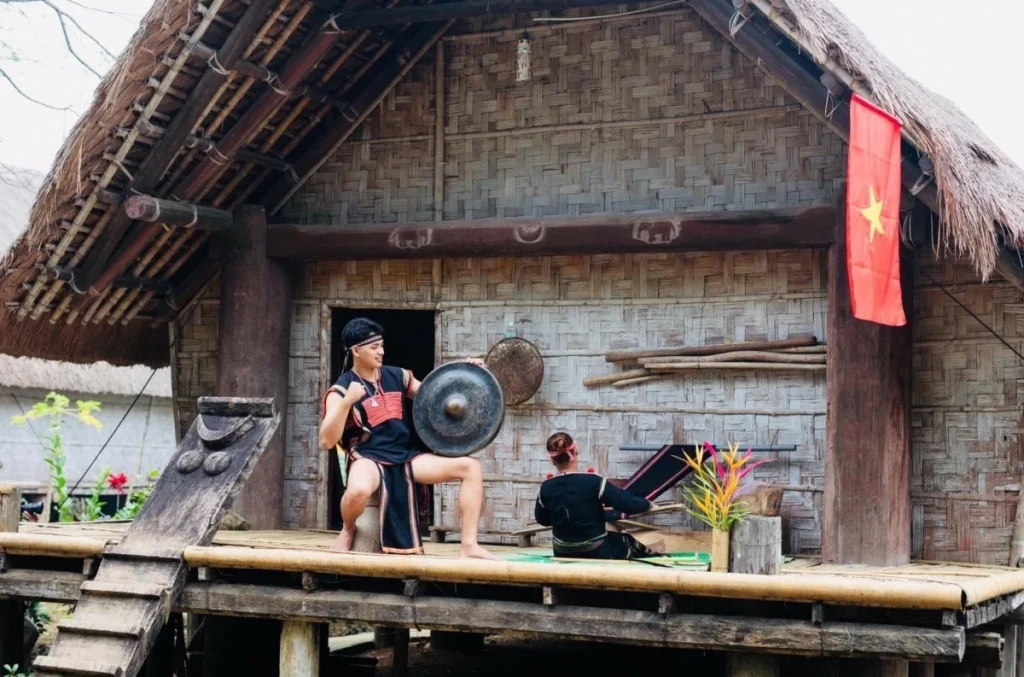
Virtual Experiences and Education
360° Virtual Village Tours
Using platforms like YouTube VR or Vietnamese travel tech startups, users can walk through ethnic villages as if they were there. A tour of Bac Ha Market, for example, offers a sensory-rich view of colorful textiles, bartering sounds, and food stalls.
Educational Apps for Cultural Learning
Apps like:
- iSách Việt (interactive eBooks on ethnic groups)
- Explore Vietnam (VR education for schools)
- Vietnamese Culture AR (view cultural items in 3D)
These tools are integrated into school programs and are especially helpful in teaching ethnic history to children of Vietnamese diaspora communities.
From Virtual to Real: Tourism Meets Technology
Digital as a Gateway to Cultural Tourism
Digital exposure often inspires physical travel. Examples include:
- Tourists discovering a Hmong batik technique online, then booking a workshop in Ha Giang.
- Travelers watching a Cham religious ritual on YouTube and later attending in-person festivals in Ninh Thuan.
Responsible Cultural Tourism Initiatives
- Homestay Programs
Stay with ethnic families and learn traditional crafts or farming. - Youth-Led Tours
Minority youth trained in guiding and storytelling share their culture firsthand. - Women-Led Artisan Cooperatives
Empowering ethnic women to sell crafts online and host workshops.
By bridging digital and physical, Vietnam is creating a more sustainable and respectful tourism model.
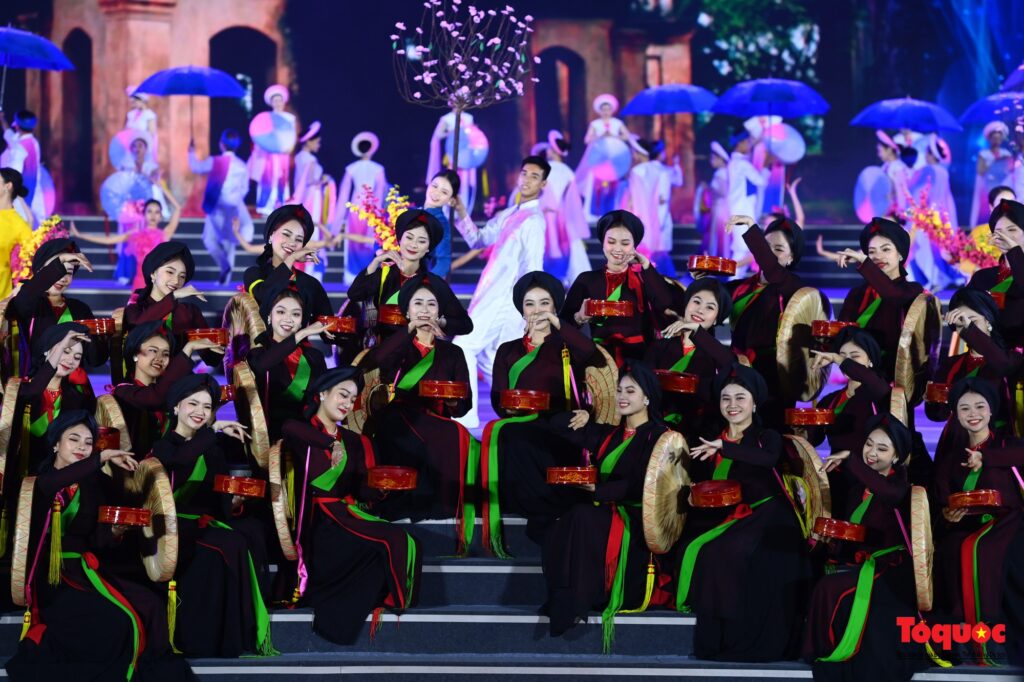
Challenges to Digital Inclusion
While the progress is promising, several obstacles remain:
Limited Internet Access
Many remote ethnic areas lack strong internet infrastructure. This makes participation in digital projects difficult. Solutions include:
- Mobile cultural kits (offline tablets, projectors)
- Rural internet hubs with solar power
- Training locals to be cultural storytellers using smartphones
Cultural Authenticity and Ownership
Who tells the story matters. Digital content must avoid stereotyping or misrepresentation. It’s crucial that ethnic members are involved in:
- Content creation
- Language translation
- Revenue sharing if their culture is commercialized
Collaborations with local NGOs, academic researchers, and ethnic artists help ensure cultural respect.
The Future: Emerging Technologies and Cultural Heritage
The future of Vietnam’s cultural experiences will likely be powered by advanced technology. Innovations to watch:
1. Augmented Reality (AR) for Museums and Tourism
Imagine scanning a QR code on a Cham tower and watching a 3D model of the original ritual unfold on your phone.
2. AI-Powered Personalized Tours
AI can create custom digital tours based on users’ interests (e.g., textiles, dance, food), complete with translations and recommendations.
3. Blockchain for Cultural Asset Verification
Helps prevent exploitation of ethnic crafts or sacred symbols by verifying origins and ownership.
These developments could revolutionize how people experience culture — not just passively, but as active participants in preservation.
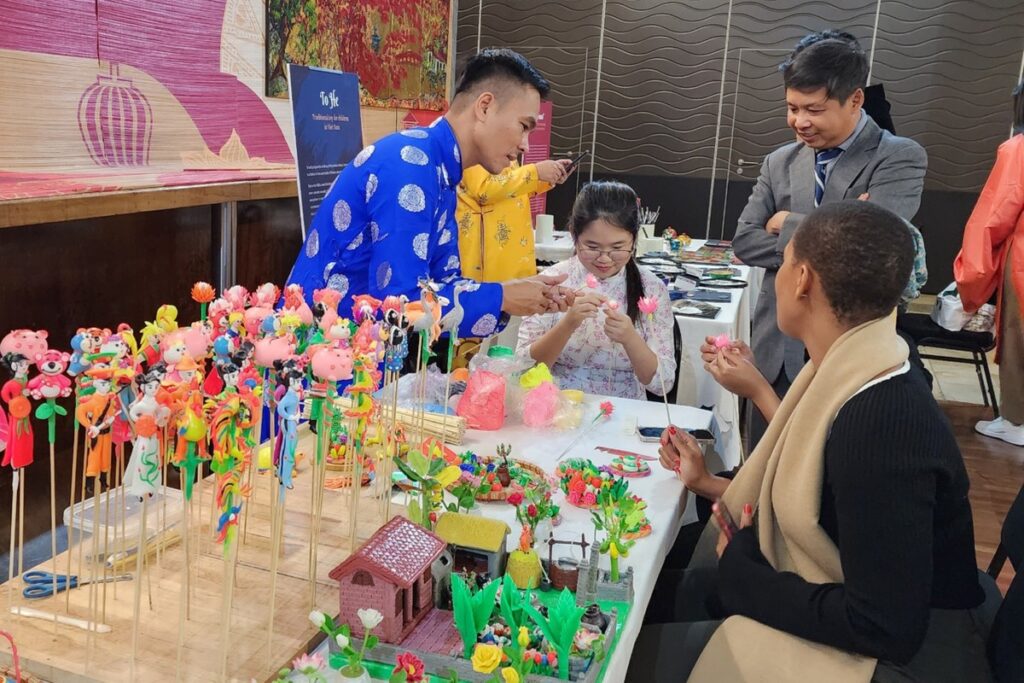
Conclusion
Vietnam’s ethnic heritage is a priceless part of the nation’s identity and global cultural landscape. In the digital age, the way we preserve, share, and celebrate that heritage is evolving rapidly. Through the creative use of technology — from virtual museums and educational apps to immersive video and AI-driven storytelling — Vietnam is ensuring that its rich cultural mosaic remains alive, vibrant, and relevant for generations to come.Whether you’re an armchair traveler, a student of Southeast Asian cultures, a curious global citizen, or a future tourist, the digitalization of Vietnam’s cultural experiences offers something invaluable: a deeper connection to humanity’s diversity, wisdom, and beauty.
Contact VietnamTour now to find the most suitable trip for you.
See more post: Vietnam Beaches: Discover the beautiful beaches in Vietnam

